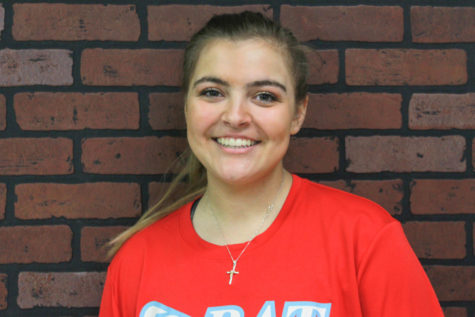This year, LISD is including restorative discipline as an option for handling student infractions. Restorative discipline gives students an opportunity to correct their behavior, rather than being immediately punished. According to administrators, the goal of using restorative discipline is to decrease absences and have students in class more often.
In the past, the options for discipline were DAEP (Disciplinary Alternative Education Program, or alternative school), in school suspension (ISS), out of school suspension (OSS) or detention, depending on the severity of the student’s action.
All of these forms of discipline, except teacher detentions, removed students from the classroom. The restorative discipline method will diverge from the district’s former approach by allowing students to work with administrators, counselors, teachers and parents in a group setting to help solve problems that have disrupted their learning.
The Discipline Task Force is a group of district board members who decide how schools will handle discipline. Members of the task force noticed attendance rates were decreasing due to the amount of students removed from class for disciplinary purposes. As a result of these findings, the district decided to incorporate restorative discipline into campuses this year.
For example, if two students get into a fist fight they will be able to sit down with their parents, teachers and a counselor to talk through the problem.
Assistant principal Jennifer Hawes practiced this new policy at her previous school and said it was beneficial for the students. Her hope is that the new policy will build better relationships between students and create a better environment for everyone.
“When I’ve done this before, I saw a huge improvement with my students,” Hawes said.
Since the policy is new for administrators, they are still unsure how it will pan out once it is put into effect. Hawes explained how each method is individualized to fit the student. The restorative discipline approach takes into account the causes for a student’s defiant behavior, such as issues at home, rather than focusing exclusively on the student’s actions at school.
When a student has been acting out, an assistant principal will now decide if the student will receive counseling and who will be there. Sometimes parents will be called in to talk with their child along with staff members. Other times it will just be a meeting with the student and teachers. In these meetings, they go further in depth regarding the reasons behind the student’s actions.
Before the meeting begins, each person must sign a confidentiality form stating that they cannot repeat anything said in the session. In addition, Hawes said the counseling can sometimes be uncomfortable for whoever is there. The group starts off with an icebreaker to make everyone feel more comfortable and safe around each other.
Agriculture teacher Melissa Griffith has experience with this new program. When two students had been causing issues in her classroom, Griffith decided to counsel the boys instead of giving them detentions. Griffith sat down together with the two boys and a counselor after school to work their problems out.
“After we all talked, I saw a big change in their relationship,” Griffith said.
Because of this, neither student had to miss classes. Instead they had a chance to work things out before the issue escalated.
“I think it was great. They got to express how they were feeling and it got to the root of their problem,” Griffith said.
Griffith believes this will help the administrators understand where problems are coming from, whether it be an issue in school or outside of school.
“Students can get the chance to express why they feel they are being attacked instead of bottling it up,” Griffith said. “This way the kids can feel like they are in a safe environment.”







